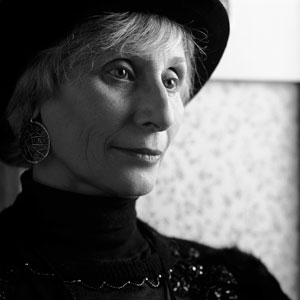 |
|
| photo: Bernd Ott |
|
|
The collection of Ella Opalnaja can be called the Museum of Soviet Life. She left the Soviet Union with her family as a political emigrant in the winter of 1980 with a couple of suitcases leaving everything else behind. Feeling nostalgic she was trying to hold on to memories of her past and started to collect things, objects and artifacts that remind her of her childhood, the school she adored, friends she loved, places she remembered. She tried to fill the void by recreating the familiar environment, similar to the one that surrounded her in the U.S.S.R. She collected everything that belong to the Soviet era. During the years of Cold War collecting was hard. Since the 80-s and all these years she continues collecting objects with nostalgic and historic significance as well as archive material and design objects, characterized by the Soviet commodity culture, to document past and modern everyday life in the U.S.S.R. As her collection grew, Ella was invited to tour with parts of her collection, giving lectures and performances in schools that study Russian language and culture. For the last 30 years she had amassed a huge collection of Soviet artifacts and presently she has a about several thousand objects that she exhibits at different museums and private venues, presenting them as performances or artistic installations, lecturing in schools and universities. The objects are combined in model collections, illustrating common aspects of the material, functional, formal and utilitarian history of the things and contemporary product culture. In her exhibits or installations the objects are often contrasted in combinations full of potential: well-known mass-produced and anonymous artistic creations, trademark and no-name products, functional and dysfunctional objects, designed and so called “Kitsch”, substantial, durable and surrogate materials. With the fall of the Soviet Union most objects in her collection are considered vintage as they represent the finished epoch. Beside steady interest in Europe, there is a growing interest back in Russia to their recent past. This website aims to showcase the collection through various virtual exhibits. It takes time to document and archive all of the material. New pages will be added as soon as they are finished. Please revisit the site to watch its development. |
|